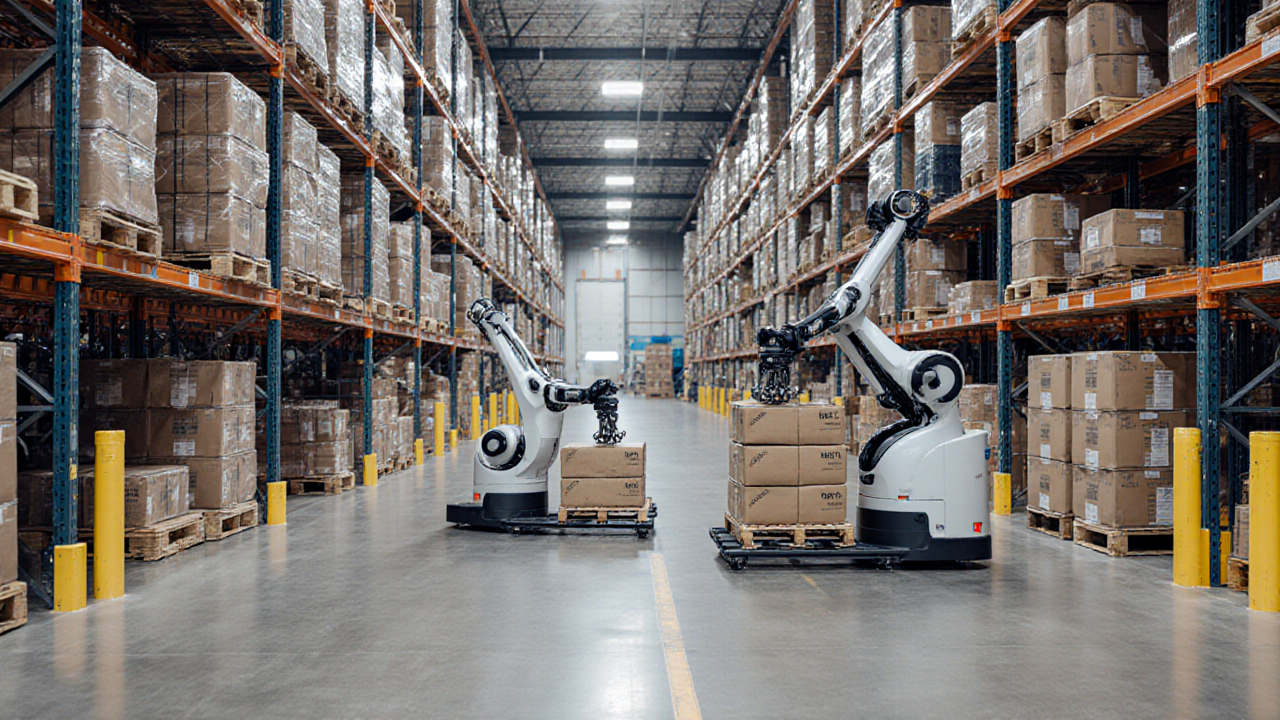
When a leading warehouse robotics provider teams up with a premier automation software and hardware firm, the result is more than a product bundle—it is a strategic shift in how supply chains orchestrate movement, storage, and throughput. The partnership merges a high‑mobility automated storage and retrieval system with a sophisticated pallet handling suite, creating a unified ecosystem that streamlines case, pallet, and individual item handling under a single scalable framework. By eliminating the need for separate tote, case, and pallet solutions, operators can reduce equipment footprints, simplify integration, and cut labor‑intensive handoffs that historically bloated operating costs.
Why this matters for your supply chain is that the trend toward facility consolidation—driven by e‑commerce, retail, and wholesale convergence—puts pressure on warehouses to deliver faster, more reliable service from fewer locations. The integrated automation platform addresses this pressure by providing a modular, end‑to‑end solution that scales with demand spikes while maintaining process security and service‑level commitments. For executives, the opportunity lies in unlocking higher throughput without proportional increases in space or workforce.
The challenges are particularly acute in consumer packaged goods and grocery sectors, where warehouses juggle full pallets of bulk items, mixed case loads, and single‑unit picks at high velocity. In these environments, siloed systems not only duplicate infrastructure but also create bottlenecks that erode inventory accuracy and responsiveness. The new integrated platform mitigates these issues by aligning storage, retrieval, and pallet handling operations, thereby enhancing real‑time visibility and reducing cycle times.
From a sustainability perspective, consolidating equipment and streamlining processes translates into lower energy consumption and reduced material waste. Operators who adopt this unified approach report significant reductions in forklift usage, fewer idle times, and a smoother flow of goods that aligns with circular economy principles. These gains reinforce the business case for automation as a driver of both profitability and environmental stewardship.
Strategic leaders are already leveraging this integration to build resilient, data‑rich warehouses. By embedding sensors and analytics across the storage and handling continuum, they can forecast demand, optimize slotting, and dynamically reallocate resources in response to market signals. The result is a hybrid decision‑making framework that blends human judgment with machine intelligence, delivering a competitive edge that extends beyond mere cost savings.
In practice, supply chain professionals should view this partnership as a blueprint for operational excellence. The key lies in selecting solutions that offer modularity, interoperability, and scalability, then embedding them within a broader digital strategy that captures end‑to‑end data. By doing so, organizations can transform siloed logistics into a cohesive, responsive ecosystem that meets the growing expectations of speed, accuracy, and sustainability in the CPG and grocery arenas.
Loading comments...